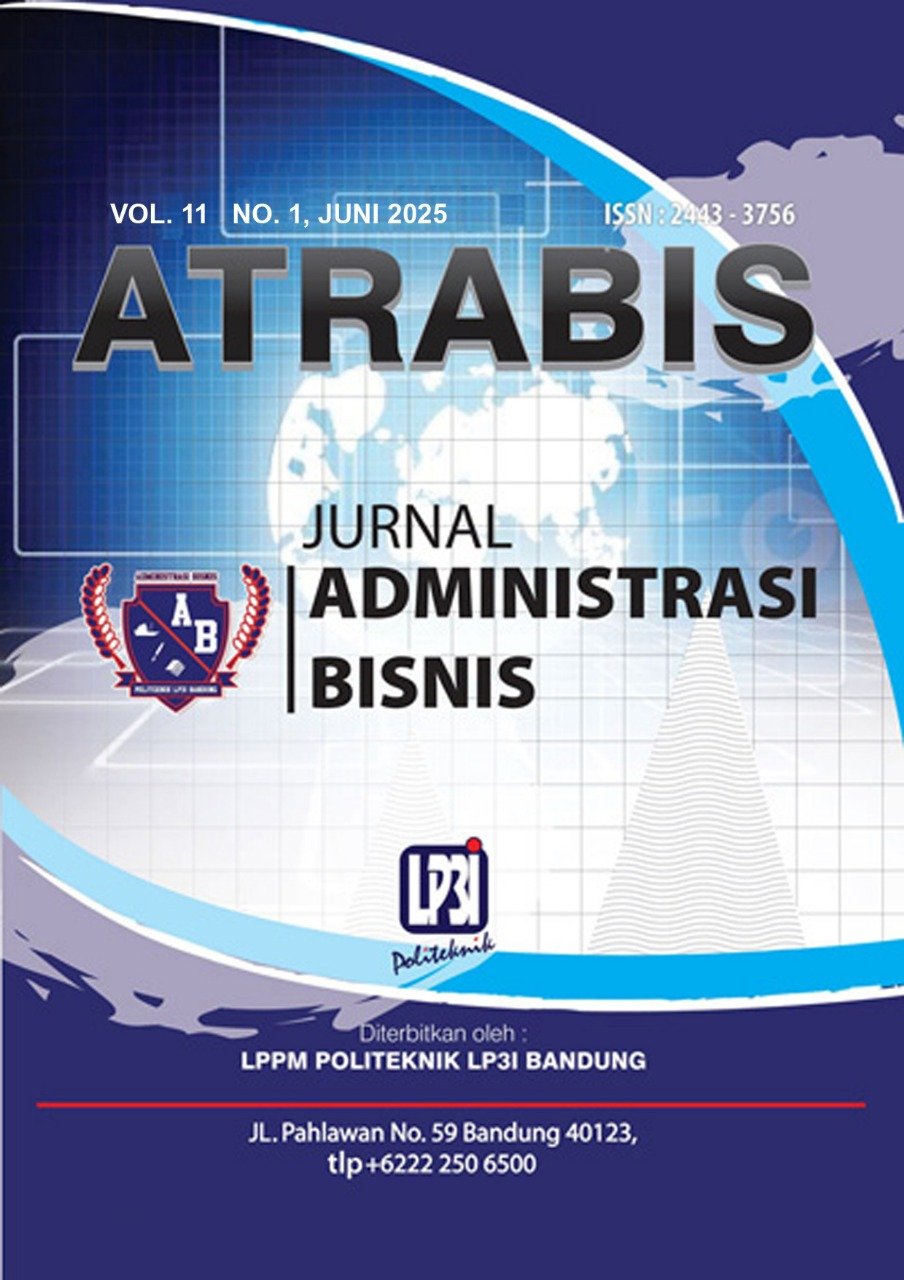Storytelling in Digital Branding Through the Nuance of the English Language for Global Market Penetration
DOI:
https://doi.org/10.38204/atrabis.v11i1.2396Keywords:
Digital storytelling, Global branding, English-language marketing, Cultural localization, Audience engagementAbstract
In the evolving landscape of global digital marketing, storytelling has emerged as a powerful strategy for building emotional connections between brands and consumers. This study explores how multinational companies utilize English-language storytelling to engage international audiences while balancing the demands of cultural localization and brand consistency. Through a qualitative content analysis of 30 storytelling artifacts from Nike, Dove, and Airbnb, the research examines the linguistic and narrative techniques employed across global and regional campaigns. Findings reveal that while English serves as a unifying medium for brand identity, culturally adapted narratives significantly enhance audience engagement, particularly in non-Western markets. Brands that localized their storytelling—through idiomatic expressions, culturally resonant metaphors, and region-specific visuals—achieved higher interaction rates and stronger emotional resonance. The study concludes that effective digital branding requires a nuanced understanding of language and culture, even within a global lingua franca like English. Recommendations for future research include investigating non-English dominant markets, platform-specific storytelling strategies, and the impact of AI-driven personalization on narrative authenticity. This research contributes to the growing discourse on intercultural communication, digital marketing, and the strategic use of English in global branding.
Downloads
References
Almurashi, W. (2016). An Introduction to Halliday’s Systemic Functional Linguistics. Journal for the Study of English Linguistics, 4, 70. https://doi.org/10.5296/jsel.v4i1.9423
Edson Escalas, J. (2004). Narrative Processing: Building Consumer Connections to Brands. Journal of Consumer Psychology, 14(1), 168–180. https://doi.org/https://doi.org/10.1207/s15327663jcp1401&2_19
Fog, K., Budtz, C., Munch, P., & Blanchette, S. (2016). Storytelling: Branding in practice (2nd ed.). Springer Berlin Heidelberg. https://doi.org/https://doi.org/10.1007/978-3-540-88349-4
Francombe, A. (2025). Why escapism is the new marketing currency. Vogue Business. https://www.voguebusiness.com/story/fashion/why-escapism-is-the-new-marketing-currency
Guber, P. (2011). Tell to Win : Connect, Persuade and Triumph with the Hidden Power of Story (1st ed.). Crown Publishing Grup.
Kachru, B. B. (2005). Asian Englishes: Beyond the Canon. Hong Kong University Press. http://www.jstor.org/stable/j.ctt1xwcfg
Keyhole. (2025). Airbnb Social Media Strategy: Sharing Stories, Building Community. https://keyhole.co/blog/airbnb-social-media-strategy/
Lundqvist, A., Liljander, V., Gummerus, J., & van Riel, A. (2013). The impact of storytelling on the consumer brand experience: The case of a firm-originated story. Journal of Brand Management, 20(4), 283–297. https://doi.org/10.1057/bm.2012.15
Neneng Cucu Marlina, Verani Indiarma, Nurlianti Muzni, & Yuliati, Y. (2023). Digital Storytelling on Marketing Communication of a Tourism Product: A Trend or a Necessary for Indonesian Buyer? Journal of Madani Society, 2(3 SE-Articles), 180–187. https://doi.org/10.56225/jmsc.v2i3.235
Nickerson, C. (2005). English as a lingua franca in international business contexts. English for Specific Purposes, 24, 367–380. https://doi.org/10.1016/j.esp.2005.02.001
Ogilvy UK, & Dove. (2024). The real cost of beauty is greater than you think. https://www.marketingsociety.com/news/39th-marketing-society-awards-winners-and-commended
Pulizzi, J. (2012). The Rise of Storytelling as the New Marketing. Publishing Research Quarterly, 28. https://doi.org/10.1007/s12109-012-9264-5
Setlur, V., & Birnbaum, L. (2024). Can Nuanced Language Lead to More Actionable Insights? Exploring the Role of Generative AI in Analytical Narrative Structure. https://doi.org/https://arxiv.org/abs/2405.02763
Tanaltay, A., Ozturkcan, S., & Kasap, N. (2025). Decoding digital engagement: a comparative analysis of English and Turkish brand post popularity dynamics on platform X. Journal of Research in Interactive Marketing, 19(2), 221–245. https://doi.org/10.1108/JRIM-10-2023-0368
Vidrih, M., & Mayahi, S. (2023). Generative AI-Driven Storytelling: A New Era for Marketing. https://doi.org/https://doi.org/10.48550/arXiv.2309.09048
Walters, A. (2025). Reverse Engineering a Social Media Strategy: Analysis of Nike’s “You Can’t Stop Us” Campaign. https://www.cliffsnotes.com/study-notes/27515098
Woodside, A. (2010). Brand-Consumer Storytelling Theory and Research: Introduction to a Psychology & Marketing Special Issue. Psychology and Marketing, 27, 531–540. https://doi.org/10.1002/mar.20342












